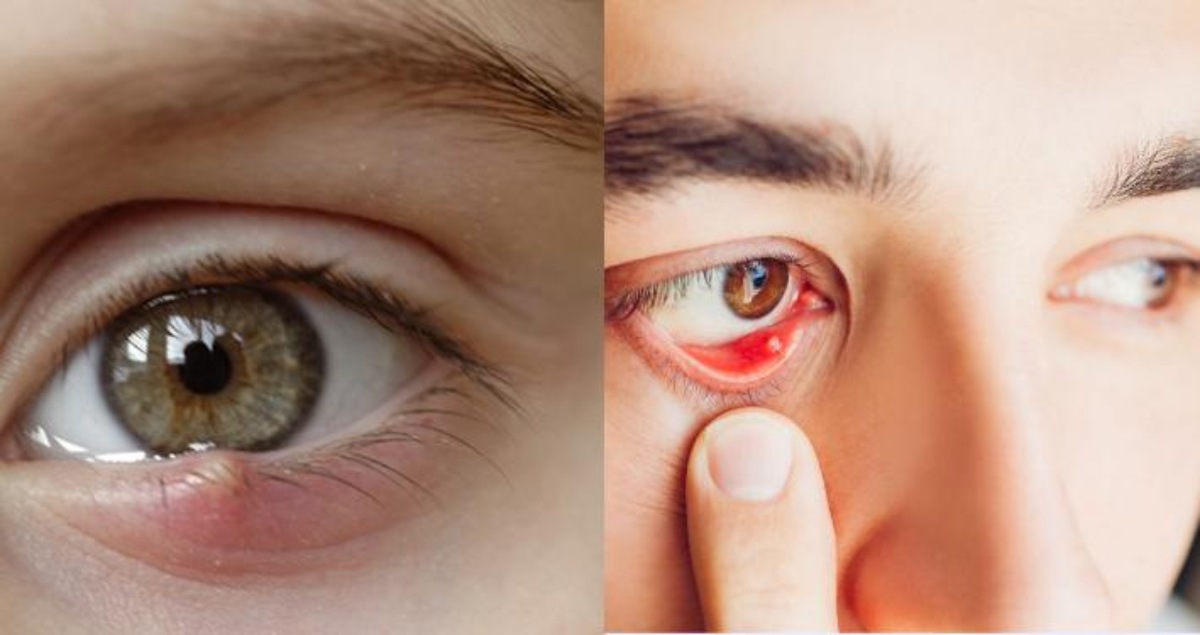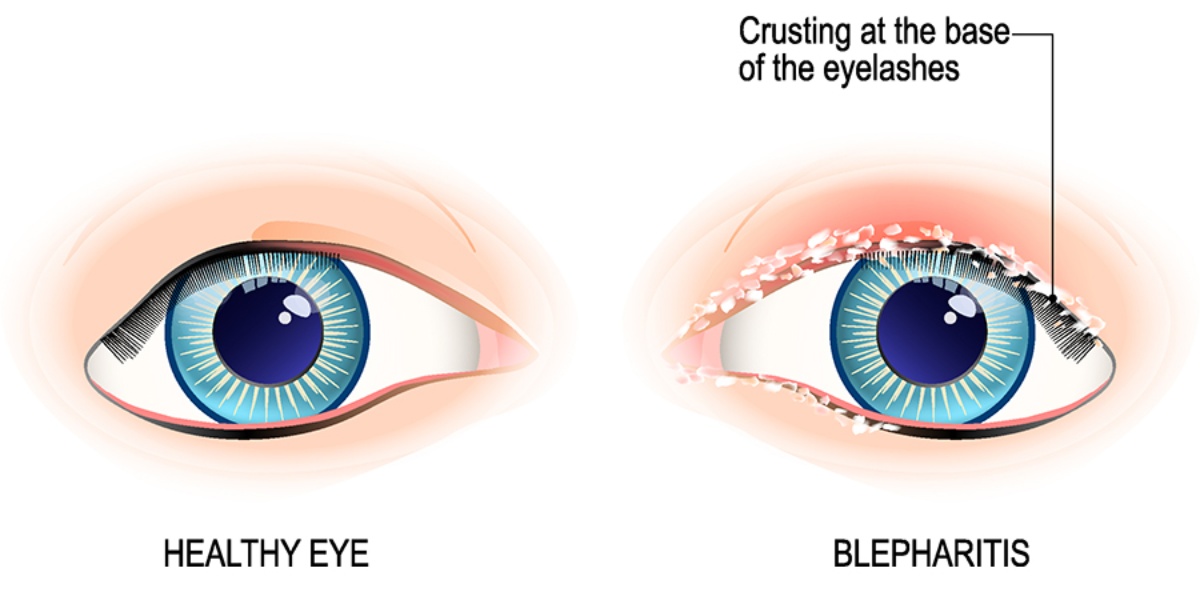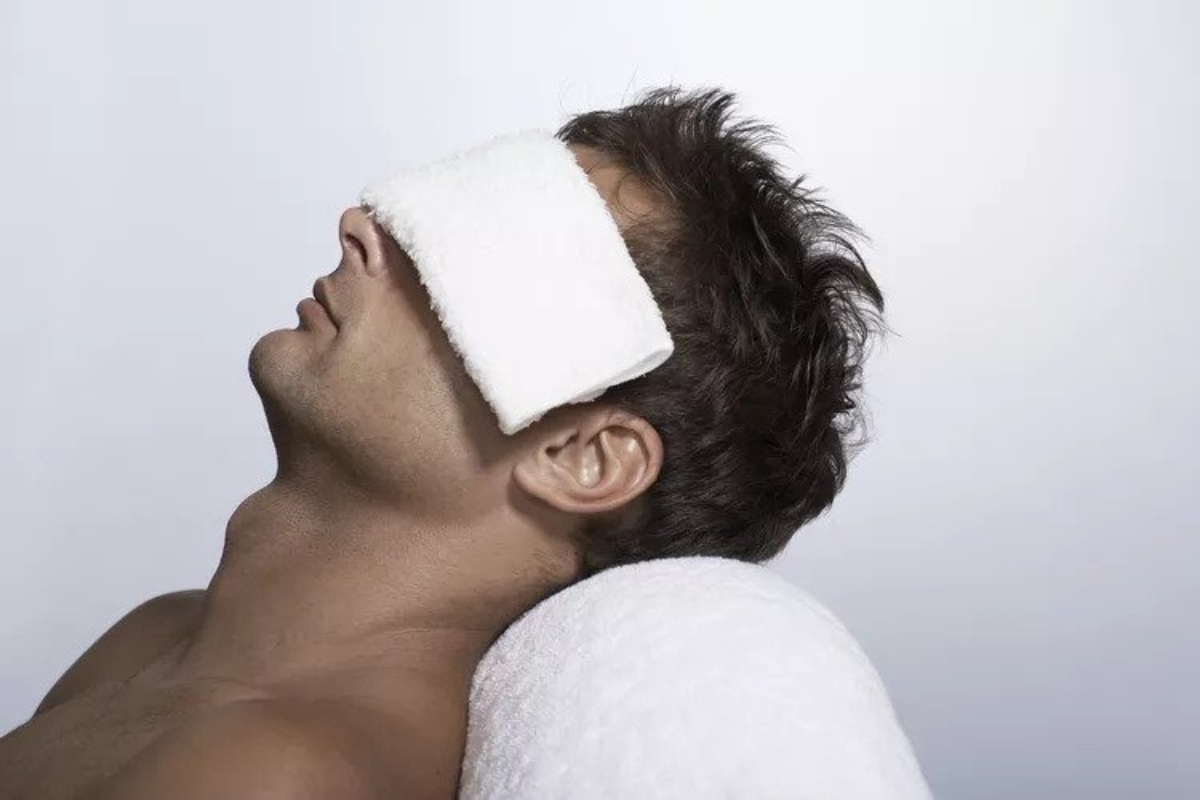Can You Pop a Stye? (& How to Get Rid of It)
TLDR: No, do not pop a stye! See how to treat it yourself safely and properly. Or, seek medical help from a professional if you experience these symptoms.
Most people will experience getting a stye at least once in their lifetime. Adults, as well as children, are all prone to getting this red bump that looks like a pimple on the eyelid. Despite its appearance, it’s usually more embarrassing than painful.
While having one isn’t dangerous, you can risk getting an infection or scarring if it’s popped or left untreated.
Here’s everything you need to know about styes and what you can do about them.
What is a stye?
A stye (or sty), also known as a hordeolum, is a small pus-filled bump that develops near the lash line in the lower or upper eyelid area. While it’s most often confused with pink eye, they’re actually not the same thing.
It develops when staphylococcal bacteria gets trapped inside the oil gland. While this type of bacteria is usually harmless, it can cause infections when exposed to damaged skin. The blockage then causes irritation and leads to a buildup of moisture in the oil gland, giving rise to a painful lump.
You’ll find that there are two types of styes, which are internal and external. As you may have guessed, internal styes are found inside the eyelid and external styes are found outside the eyelid.
Internal styes are normally caused by an infection of the meibomian gland, which is found on the inside of the eyelid. As for external styes, they are normally caused by an infection in the eyelash follicle or the glands of Zeis, which is responsible for keeping the eyelash from becoming brittle.
Not sure if you really have a stye? Here are the signs to look out for.
Symptoms of a stye
- A red, pimple-like bump on the edge of the eyelid
- Pain and swelling of the lash line and/or eyelid
- Tearing or watering in the affected eye
- Sore or itchy eye
- Sensitivity to light
- Crusting or oozing around the eye
- Pus or liquid coming from the bump
- Blurry vision
What causes a stye?
As we touched on earlier, styes occur when hair follicles become blocked and irritated, creating painful pus-filled bumps. The following are some risk factors that make a stye more likely to develop.
A bacterial infection, which can stem from:
- Lack of hygieneImproper hygiene is one of the most common causes of a stye. Bacteria can easily transfer from the hands to the eyes if you don’t regularly and properly wash your hands.
- Poor makeup habitsFailing to remove your makeup before bed can also lead to a stye forming. It can clog your oil glands which in turn causes styes and pimples to form. Additionally, cosmetics are known to harbor bacteria so it’s important that you throw away expired makeup, refrain from sharing makeup, and properly clean your makeup brushes after each use.
- Poor contact lenses hygieneNot washing your hands and not disinfecting contact lenses before wearing them can cause bacteria to get in and around your eyes. Additionally, wearing contact lenses past the expiration date can cause not only serious infections but can also affect your vision.
Blepharitis
This is a chronic eye condition that can cause painful symptoms, like making your entire eyelid red and swollen and crusting and flaking of the lashes. It’s more likely to occur if you have the following:
- Dry eyes
- Oily skin
- Dandruff
So – can I pop a stye?
There are a bunch of home remedies for treating a stye. However, you should never try to pop, rub, scratch, or squeeze it.
For one, there’s a chance that the bump may indicate a different health issue or infection. Here are some conditions that go beyond a simple stye:
- Skin cancer
- High cholesterol
- Chalazion, which usually occurs farther up on the eyelid
- Other kinds of infections from bacteria or viruses, such as conjunctivitis
If you see a bump or sore on your eyelid that doesn’t go away even after a few days, it’s best to see a doctor as soon as possible.
What happens if I pop a stye?
If you pop a stye, it’s important to immediately rinse the area with cool sterile water. Styes are usually not serious, but popping one can lead to more problems.
One of the main complications is the further spread of bacteria, which means other parts of your eye could be infected and any symptoms you’re already going through could worsen.
Popping a stye also means breaking the skin, making it more susceptible to other types of bacteria and contaminants. From this, your stye may actually get worse or you may give yourself another infection altogether.
If the affected area gets worse, treat it right away with an acne-fighting product and see a doctor if the area is still swollen 24 hours after treatment.
How can I treat a stye?
While a stye usually goes away in about 2 to 5 days without treatment, there are ways to speed up the recovery process.
Home remedies for your stye
The best way to treat styes at home is through the use of cold compression.
First, use a cold compression to prevent the inflammation getting worse. A common misconception people have is to apply a warm compression immediately when the stye appears – but this can make the stye ever worse! Instead, perform cold compressions for a few days.
When the size of the stye starts to get smaller after a few days of cold compression – you can move on to warm compressions to improve tear secretion and to relieve the pain.
To do so, soak a clean washcloth in warm water, wring the water out of the washcloth and put the damp cloth on the stye for 15 minutes.
Doing the above can speed up recovery, making it an effective yet easy home remedy for styes.
Medical treatments for a stye
If a stye doesn’t go away on its own after the duration mentioned above, you should see a medical professional.
You can visit an ophthalmologist, who may perform a minor in-office surgery to drain the pus. This would help reduce the pain and let the affected area heal more quickly.
You may also get a prescription for antibiotic eye drops or ointments and apply them to the stye to help fight the infection.
While there are cases where oral antibiotics are needed, they aren’t usually prescribed. That said, you can consider requesting it if there are signs of an expanding infection around your eye or on your eyelid.
In any case, do not proceed with any of the aforementioned treatments without consulting a medical professional first.
How to know if you need to see a doctor
Apart from a stye not going away after a few days, you should also call your doctor if you experience the following symptoms:
- Symptoms worsen after 2-3 days
- Your eyelid is swollen shut
- Your whole eyelid feels hot or is red
- The bump leaks pus or blood
- The stye keeps returning
- You experience blurry vision
How can I avoid getting a stye again?
The best cure for a stye, like most ailments, is prevention. The following are a few simple practices to help prevent a stye:
- Maintain good hygieneMake sure to always wash your hands before touching your eyes. Keeping your glasses clean can also help prevent eye infections.
- Be careful in handling makeupDon’t share makeup with others and always wash off your makeup before going to bed. Also, make sure to throw away cosmetic products after 2-3 months.
- Avoid applying makeup on your inner eyelidBe wary about applying makeup such as eyeliner on your inner eyelid. If you do, always make sure to clean it off properly at the end of the day.
- Foster healthy contact lenses wearing habitsWash your hands before handling contacts. Properly disinfecting them every day is also a great way to practice good contact lens hygiene.
- Avoid rubbing your eyes as much as possibleEven if your hands are clean, avoid rubbing your eyes as much as possible.
There are also other reasons why you may experience blurry vision, which you can find out more about here.
Styes are NOT for popping!
Now that you know all about styes, you can manage it — and possibly even treat it — safely if you get one.
Apart from the eye area, keeping the eyeballs healthy is just as important for maintaining good vision. Check this out for proven tips on how to keep your eyes healthy.

Written by:
Shu Kie













